At number 10 is “Mame Coordinate,” written by Sachi Miyabe and published by TOKYOPOP. The story follows a young woman named Mame, who’s found by an odd rookie manager. Mame climbs the ladder to be Japan’s next top model, with her interesting appearance and somewhat-terrible fashion sense.
The art style is average in the volumes, but the story makes up for the somewhat lackluster illustrations. Mame is drawn like your typical animanga girl, shy and easily-flustered, though she continues to become more conscious of herself as she blossoms into a rising model.
Continuing on the fashion, modeling train is “Boys Run the Riot” at number nine. It was written by Keito Gaku and published by Kodansha. Following a transgender teen named Ryo whose interest in street fashion helps him escape the realities and anxieties of his daily life.
The four-book series showcases a now blooming trend in stories with LGBTQ+ representation, making readers a part of those communities relate and see themselves included. Ryo’s success within the fashion industry as a transgender boy provides a special kind of hope to those who can relate to him and his story.
Number eight on the list is “Tomie,” written by Junji Ito and published by Viz Media. Tomie Kawakami is a young woman with sleek black hair and the signature beauty mark underneath her left eye. She acts as a succubus for young men and entices them to love her for her looks, before psychologically and emotionally manipulating them into committing acts of violence.
Through a mixture of cannibalism and regenerative abilities, Tomie captures the audience with the oddities of her abnormal capabilities, which makes the manga more enticing to read.
Leading into number seven is “Neon Genesis Evangelion,” written by Hideaki Anno and published by Viz Media. It originally was an adaptation of the same-name television series which aired in October of 1995 to March 1996.
Similar to the anime, the manga focuses on the main character Shinji Akari and his struggles to operate a massive biomechanical mecha named “Evangelion.” The manga shows Shinji’s struggles with his own feelings of being alone in the world on a greater scale, along with the other characters who are in similar positions to his own. This rounds the story off fittingly.
Number six on the list is “Goodnight Punpun,” written by Ino Asano and published by Viz Media. Originally, Asano’s editors pushed back against the idea of publishing a story like “Goodnight Punpun,” but they later accepted due to his successes with his previous work “Solanin.”
The story focuses on Punpun Onodera from his elementary school years to his early 20’s and his struggle with a dysfunctional family, his love life with Aiko Tanaka, and other compulsive themes. “Goodnight Punpun” showcases the ups and downs of life, and how it is never always “sunshine and rainbows” as some people make it out to be. Goodnight Punpun is relatable in these aspects, which truly make the story a worthwhile read for older audiences.
At number five is “Yotsuba,” written by Kiyohiko Azuma and published by Yen Press. Following a 5-year-old girl named Yotsuba Koiwai and her daily life, it shows her small but mighty successes with everyday objects and objectives.
“Yotsuba” is a break from the typical shounen and shoujo manga, despite being underneath the shounen category. It’s a cute, slice of life manga that clears readers of any stress. Despite not having a consistent plot compared to other series on the list, “Yotsuba” is a great read for younger audiences.
“Chainsaw Man” comes in at number four. Written by Tatsuki Fujimoto and published by Viz Media, although recently MAPPA released the anime series this past month. It follows the main character Denji and his course of being the Chainsaw Man, in an alternate universe compared to the real world.
In the series, similar to Jujutsu Kaisen, devils are born from human fears, typically dangerous and violent. However, humans are able to create contracts with Devils, harvesting their power, while others specialize in hunting and employing Devils, called Devil Hunters. “Chainsaw Man” is a good read for those transitioning into a shounen manga, with the perfect amount of longevity for those who don’t want to collect too many books. It showcases lots of action and pop culture references inside the pages.
Third on this list is “Nana,” written by Ai Yazawa and published by Viz Media. The manga focuses on two women, Nana Osaki and Nana Komatsu who move to Tokyo at 20. While Osaki focuses on her search for fame, Komatsu is on the lookout for a future romance, all while trying to salvage their newfound friendship in the big city.
“Nana” is a great showcase of a shojo manga, with all the top tier drama between friends, boyfriends and exes. Komatsu, nicknamed Hachi, finds out about her friend’s messy past while Osaki struggles to start her own career in the music industry as a soloist. It’s a messy but significant piece of writing that should be a top contender on everyone’s lists.
At number two is “Blue Period,” written by Tsubasa Yamaguchi and published by Kodansha. The story follows a teenage boy named Yatora Yaguchi who excels in school but struggles to find his own meaning in life. That is, before finding out about his new-found love for painting.
“Blue Period” plays with the feelings of not knowing what to do after high school, disappointing your parents, as well as making friends to help along the way (while also being your biggest art competitor). Yaguchi is a perfect main character for a series like this one, despite being a popular kid finding his niche within the artists world and community.
Last but not least, the number one spot goes to “Haikyu!!” written by Haruchi Furudate and published by Viz Media. The series focuses on Hinata Shoyo and his fiery passion for volleyball. Over the course of 45 volumes, we follow Karasuno High School through their trials and tribulations with many other teams you come to love and adore.
Hinata, a ball of sunshine and energy, of course comes with his aggressive, volleyball addicted side-kick Kageyama Tobio, making up one of the best duos in shonen history. The series has many memorable moments between many teams and characters with their setter-spiker duos, reminding the readers there is always friendship and fun in a harmless game of volleyball.
“Haikyu!!” is the top tier sports manga to exist, ranging from Hinata’s middle school years up to the timeskip arc, where he is 26 years old. There are multiple spin-off volumes titled, “Let’s Haikyu!!” and “Haikyu-bu,” along with 12 light novels, though the extras are all still currently printed in Japanese.

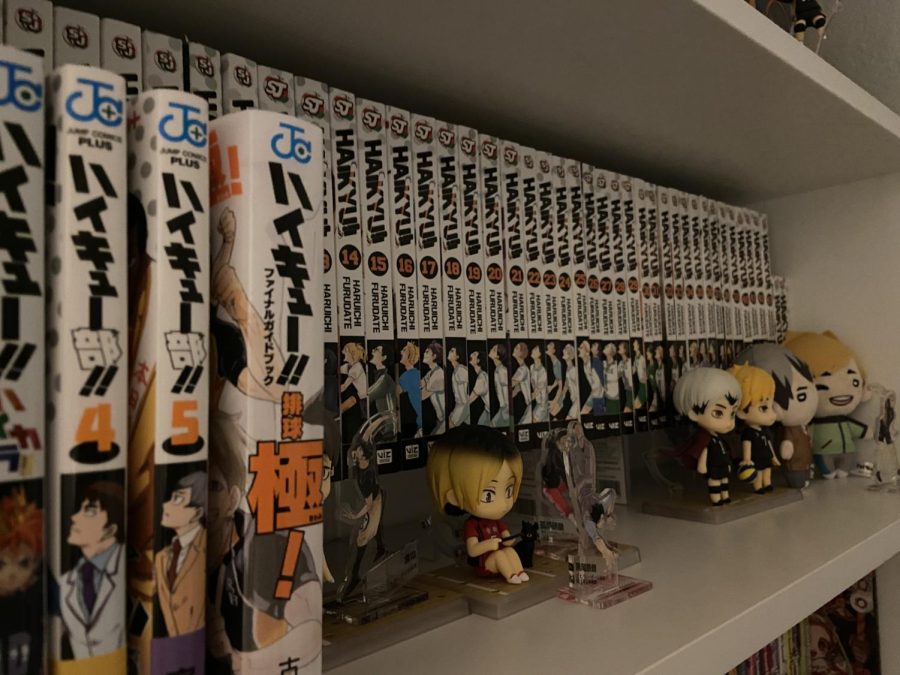
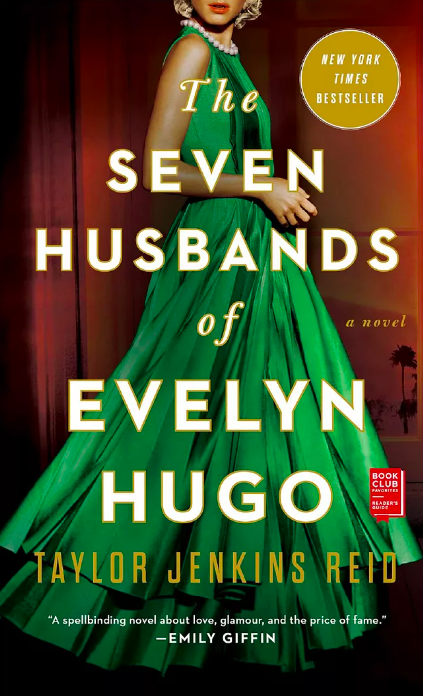
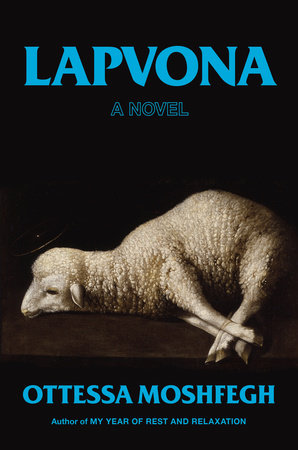
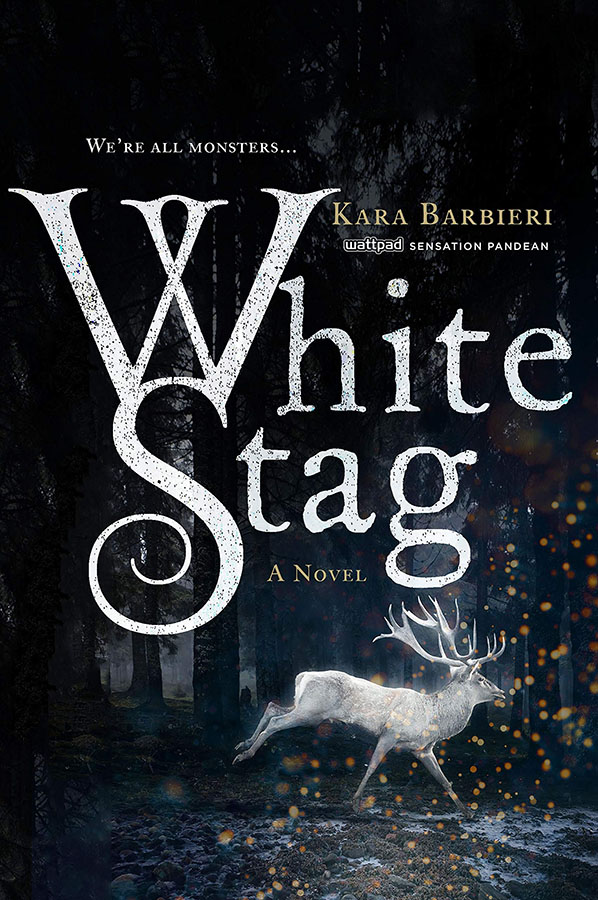
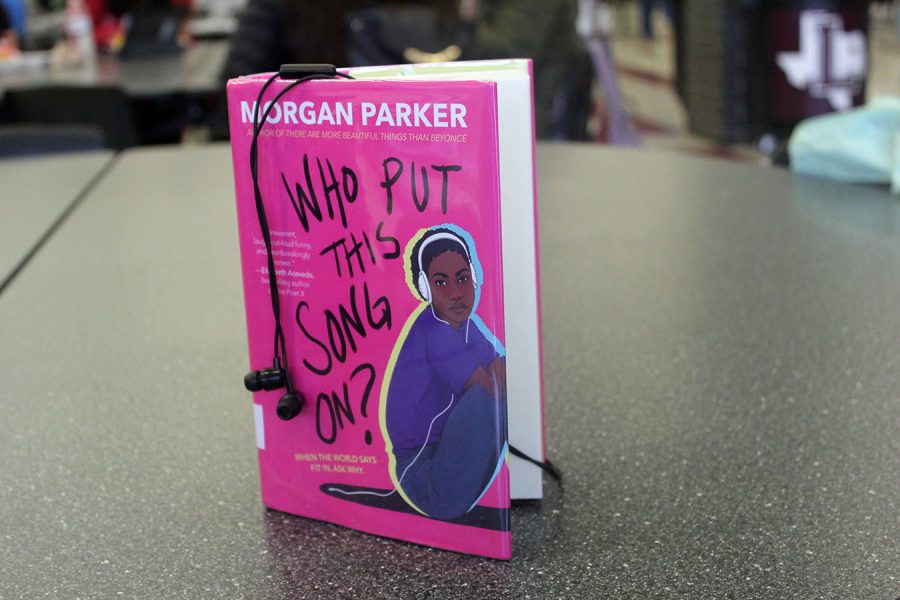
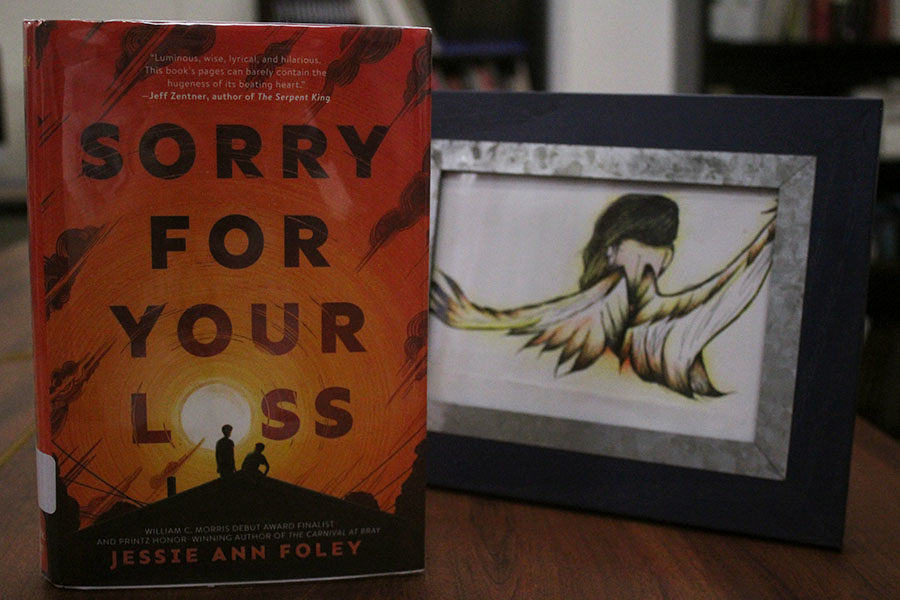
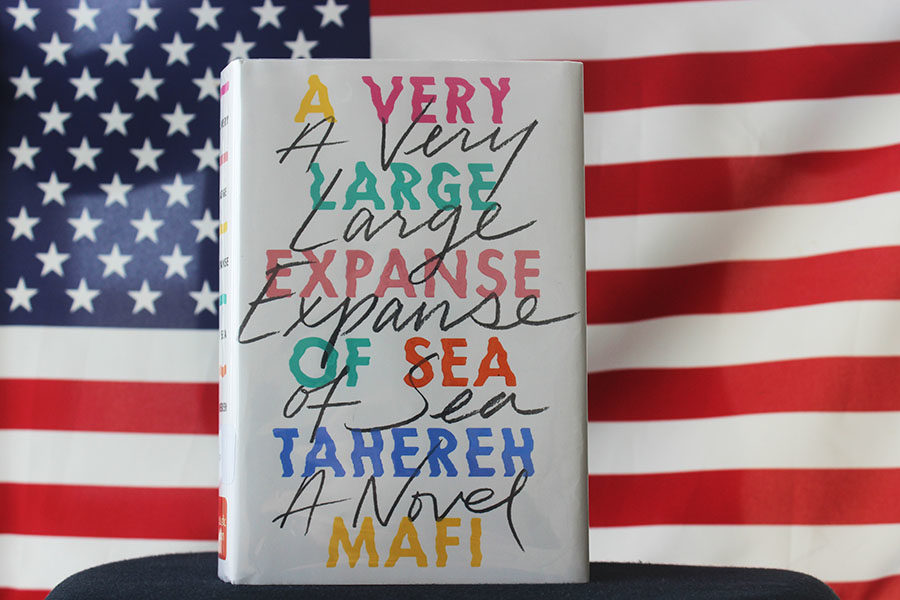
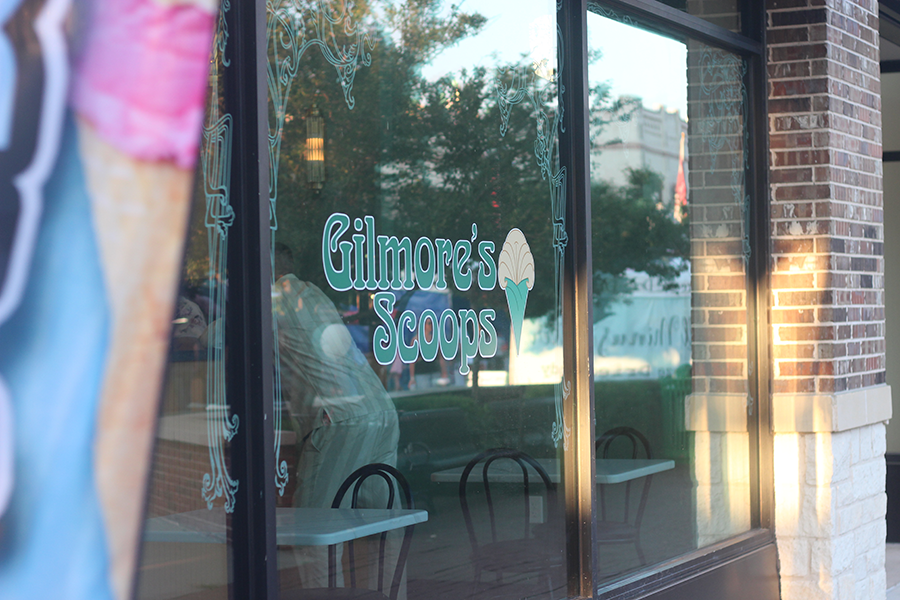
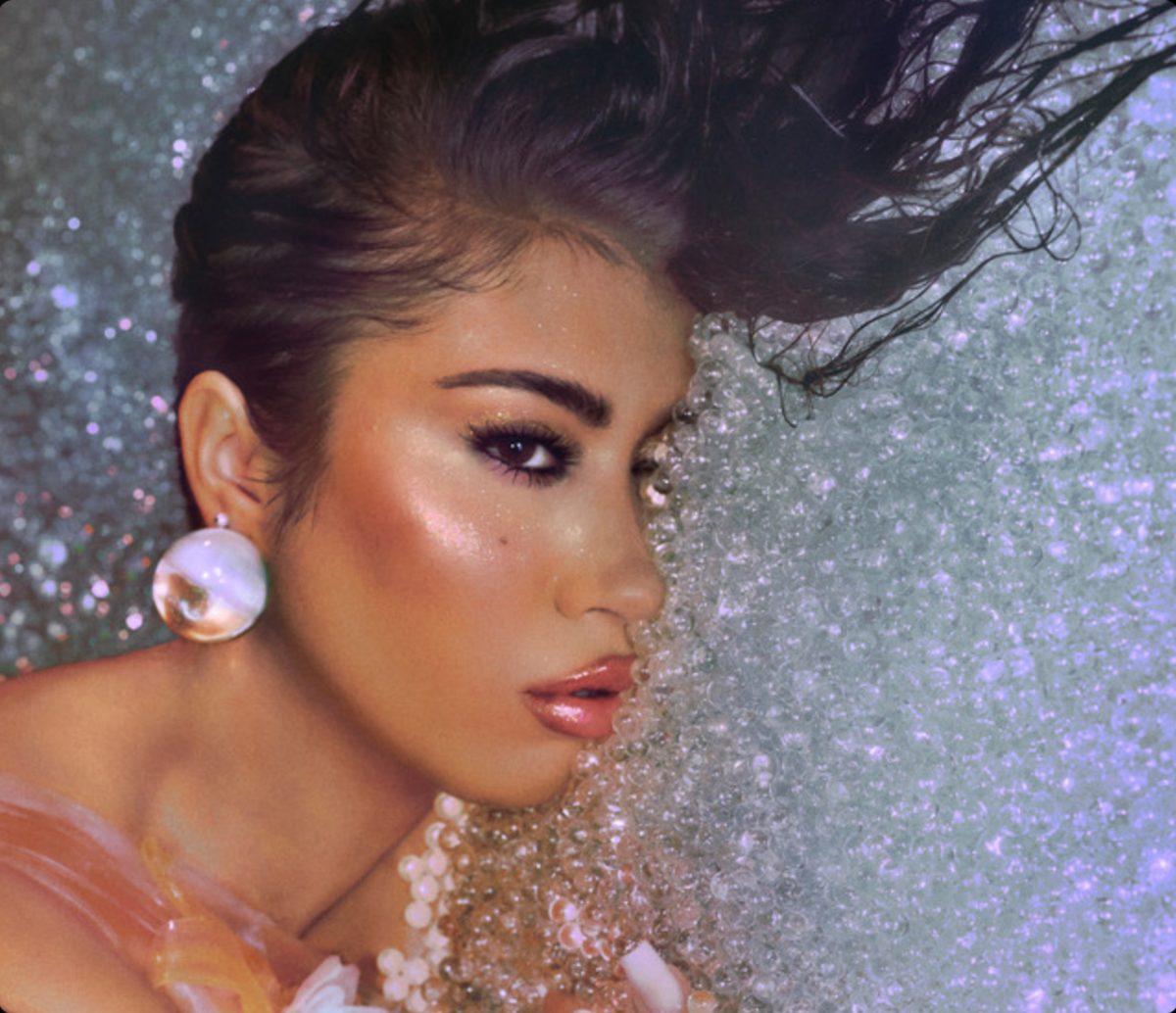
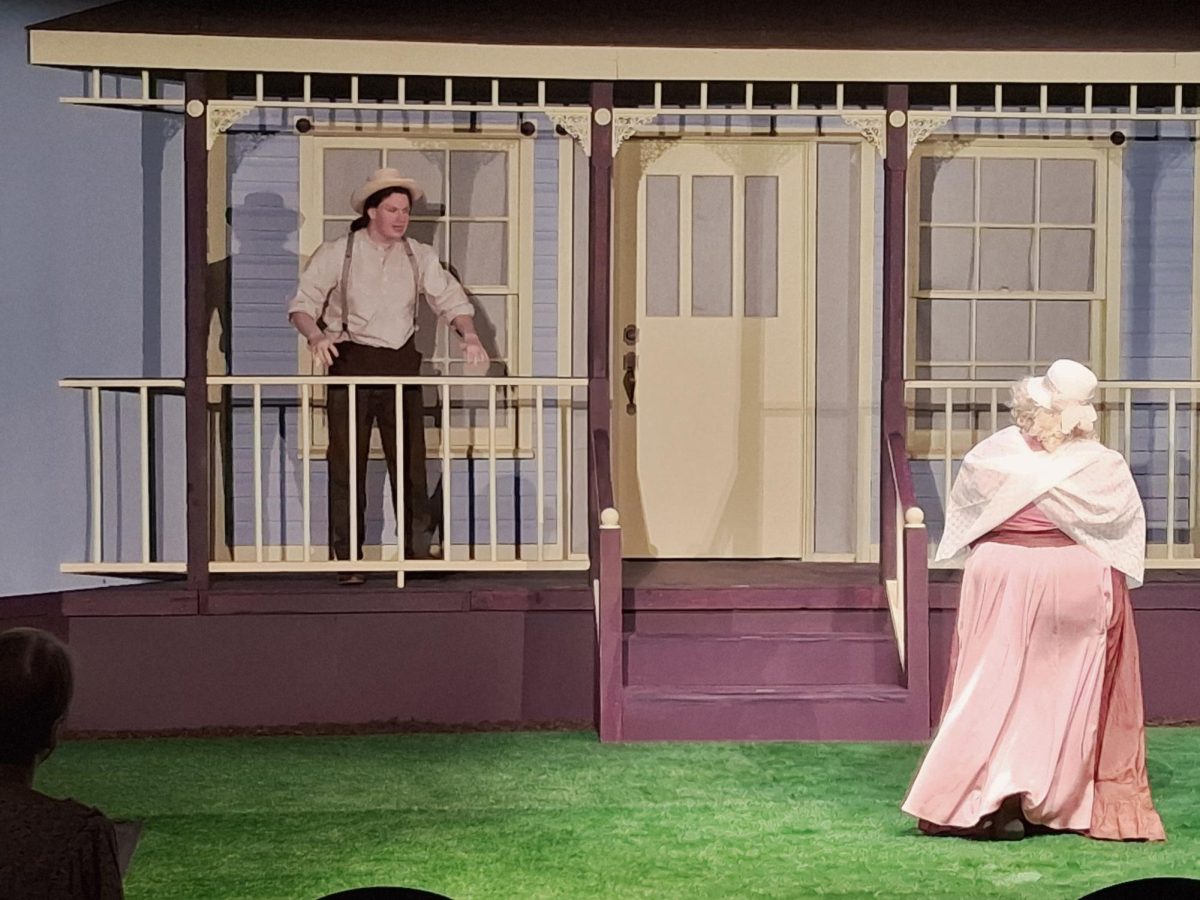

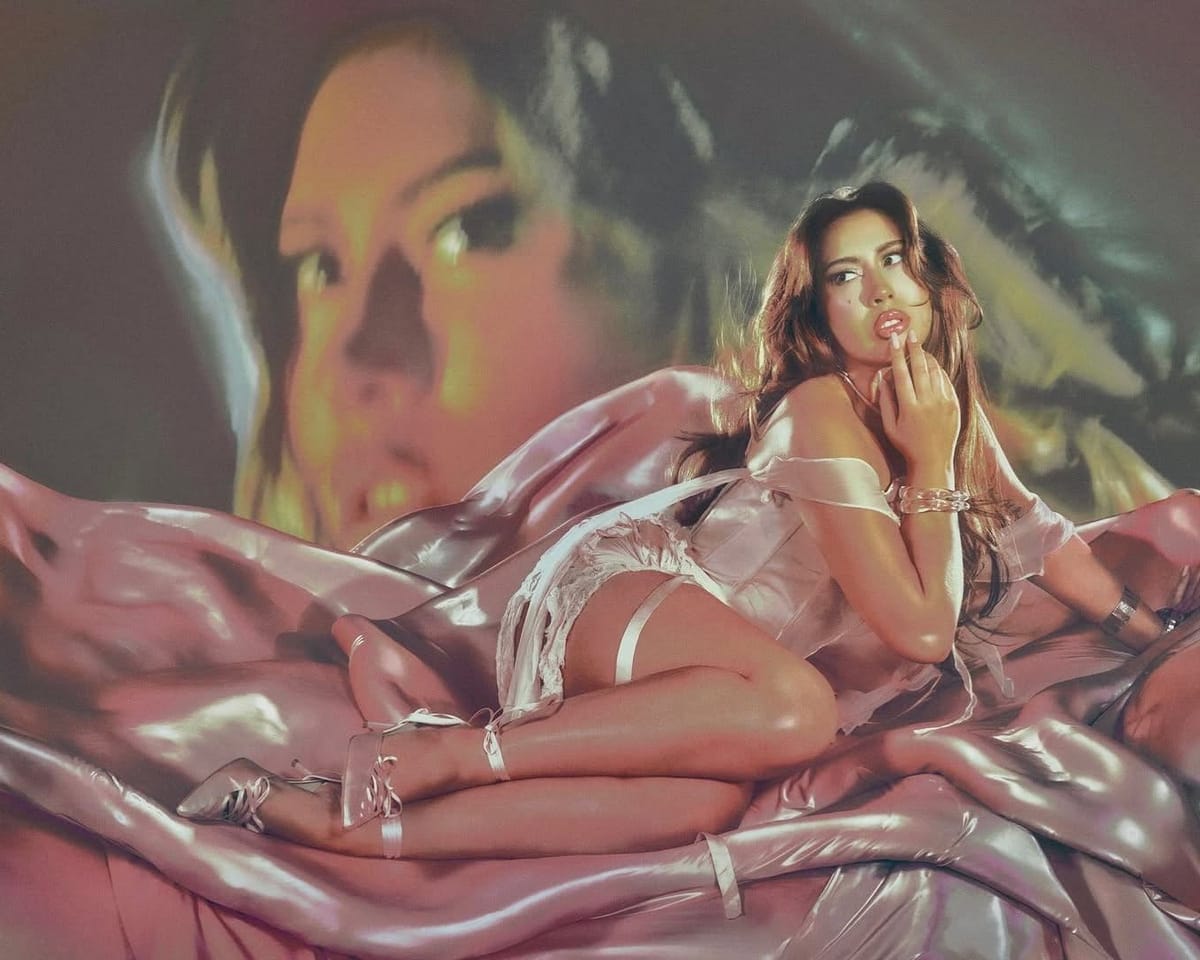
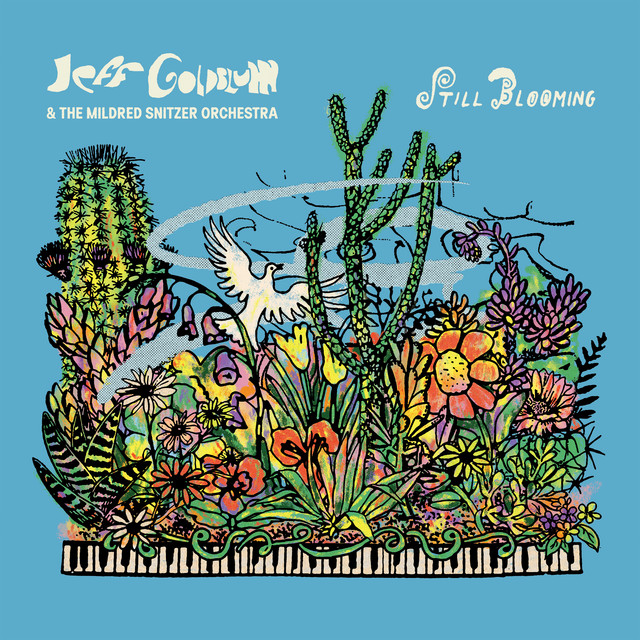


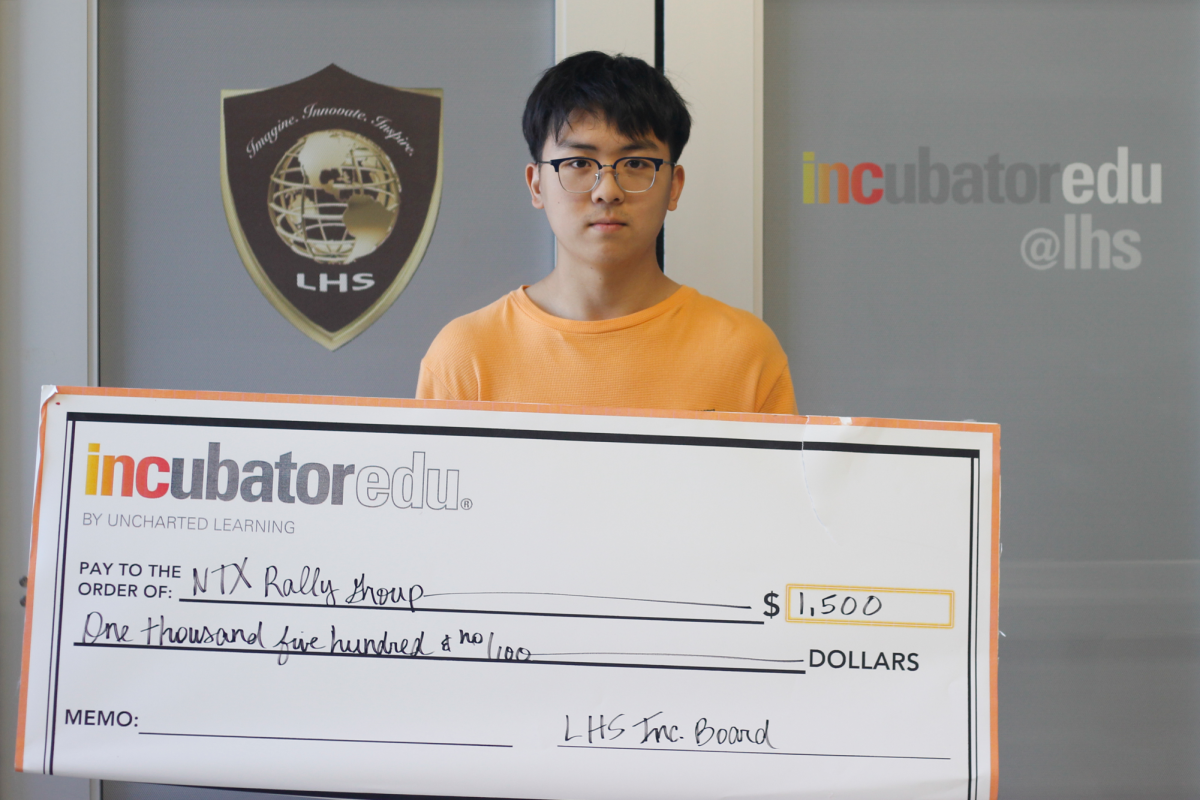
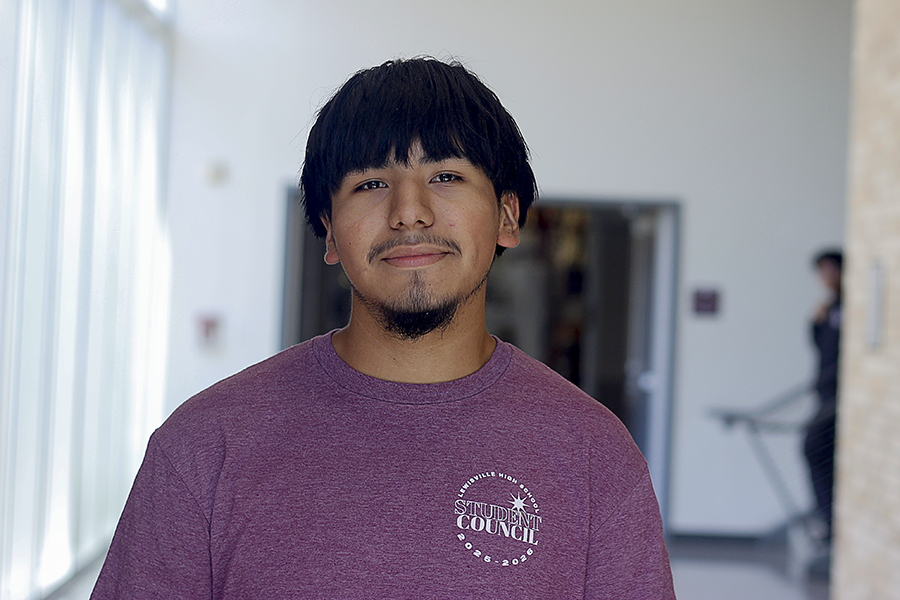
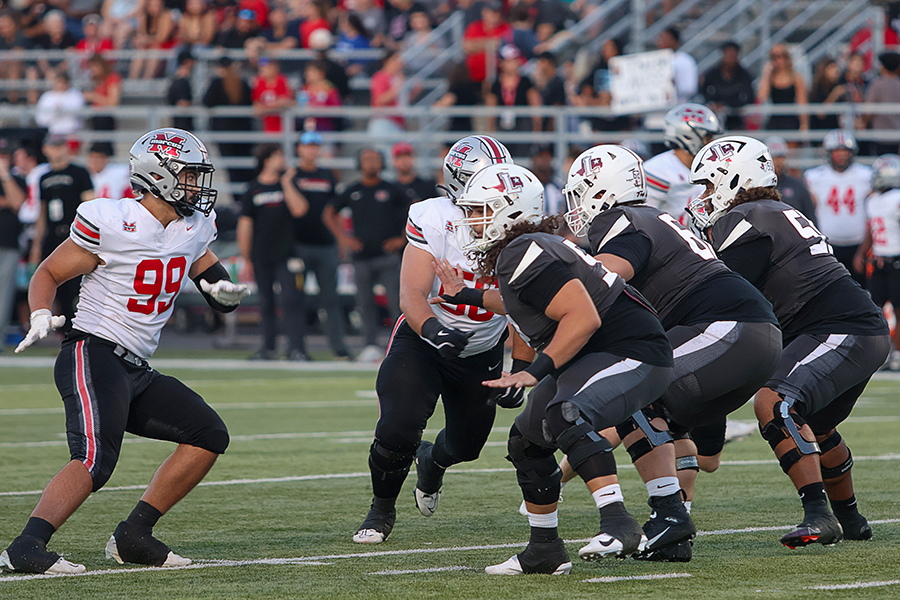
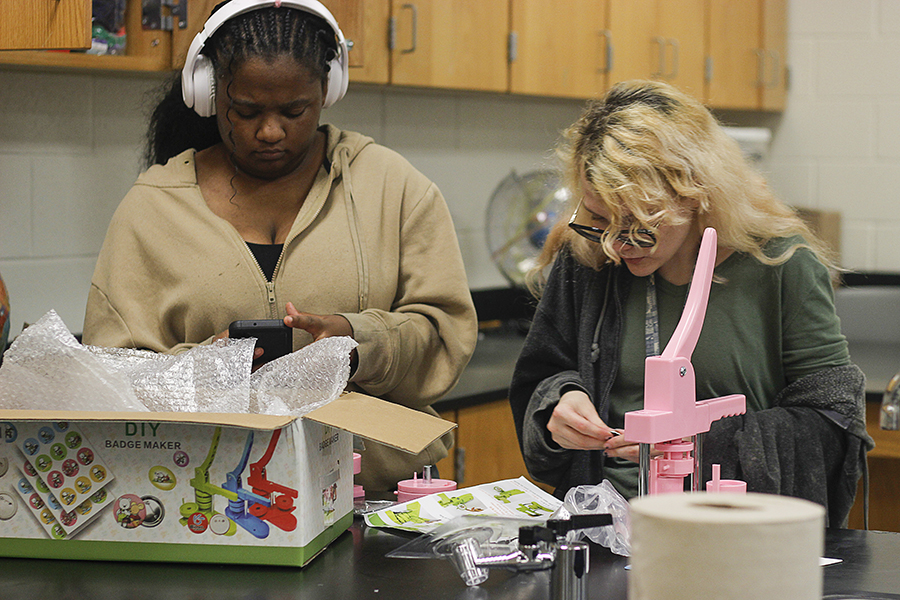
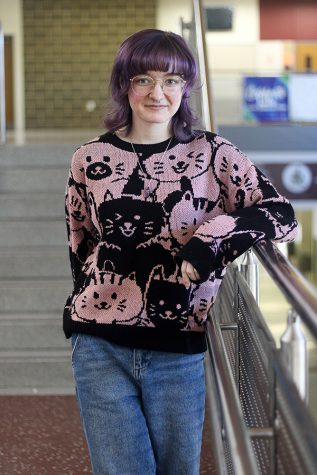
Adrian H. • Nov 3, 2022 at 1:46 PM
this was beautifully written!! I love everything about the post and more! keep up the great work claire 🙂